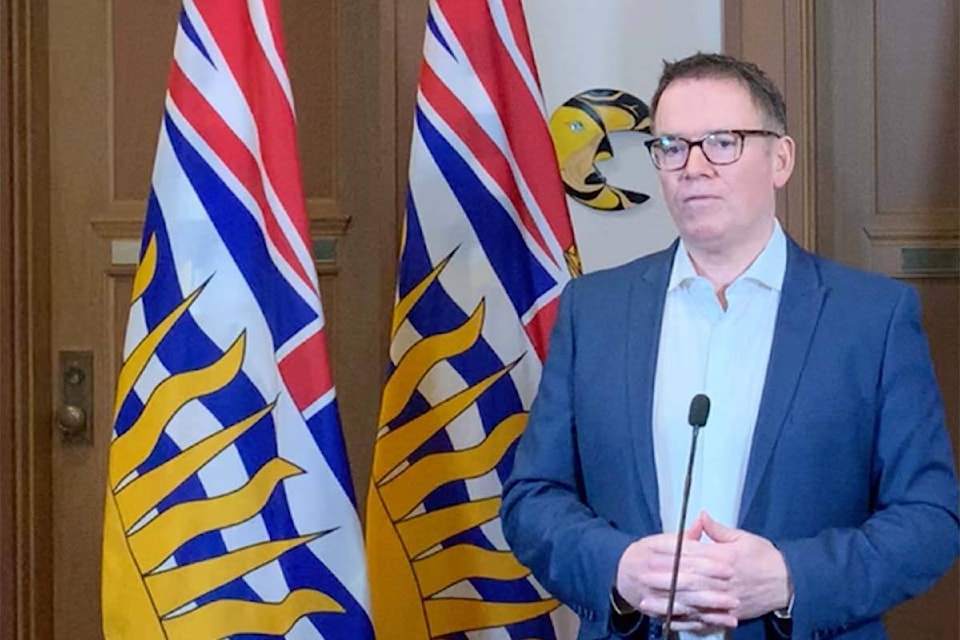The venerable B.C. Liberal Party is no more. As of this month, it is now British Columbia United.
You can see why leader Kevin Falcon might want to make the change. First and most important, it ditches any association with the federal Liberals and their leader Justin Trudeau. Any hint of Trudeau at the ballot box is toxic for the BC United, which has the difficult task of appealing to an unwieldy centre-right, rural-urban-suburban coalition of voters.
Names aside, the truth is that for the last 80 years, there have been just two parties in B.C.
On one side, you had the left, aka the NDP, originally appearing as the CCF.
On the other side, you had the right, which has had a number of costume changes.
First they were the Liberal-Conservative Coalition, originally a hastily welded together alliance that held off a surging CCF during the Second World War.
When they collapsed, their spot on the political spectrum was taken over, more successfully, by W.A.C. Bennett and his Social Credit Party.
The Socreds kept the feud going with the CCF, and then with their successor, the NDP. Dave Barrett would briefly grab power for the left from 1972 to 1975, but the Socreds were dogged.
Until they decided Bill Vander Zalm would be a good leader, and the whole party imploded in 1991.
But the Socreds never really went away. Their old leadership was decimated, but the younger generation simply switched allegiance to the Liberals and resumed their feud with the NDP.
B.C. has always run on this two-party system. It’s flexible and changeable, because it has to be.
READ ALSO: PAINFUL TRUTH: Wages need to keep rising
READ ALSO: PAINFUL TRUTH: Bitcoin mining ban needed
The NDP is a big tent party. It includes loggers and fishers and environmentalists. It includes urban professionals and members of unions. There are obvious tensions between different parts of the party’s base of support.
But the Socreds/Liberals/United have just as tough a balancing act.
The centre-right in B.C. runs all the way from staunch social conservatives who would love to re-open the debates on abortion and gay marriage, to LGBTQ entrepreneurs and professionals who just want slightly lower business taxes.
The fact that the NDP/CCF’s original opposition in B.C. was the Liberal-Conservative Coalition turned out to be prophetic.
Whatever name the centre-right party has gone by, it’s been an uneasy alliance of federal Liberals and Conservatives. Sometimes it was dominated by small-town business owners and the socially conservative, as under much of W.A.C. Bennett’s reign. Sometimes the power leaned towards more socially liberal urban technocrats, as under Christy Clark. But each side had to have its say, and its places in cabinet when they formed government.
In general, you win power in B.C. by holding together your coalition, and keeping them from fighting each other.
Then you wait for your opponent in power to wear out their welcome. It always happens, sooner or later.
Have a story tip? Email: matthew.claxton@langleyadvancetimes.com
Like us on Facebook and follow us on Twitter.
